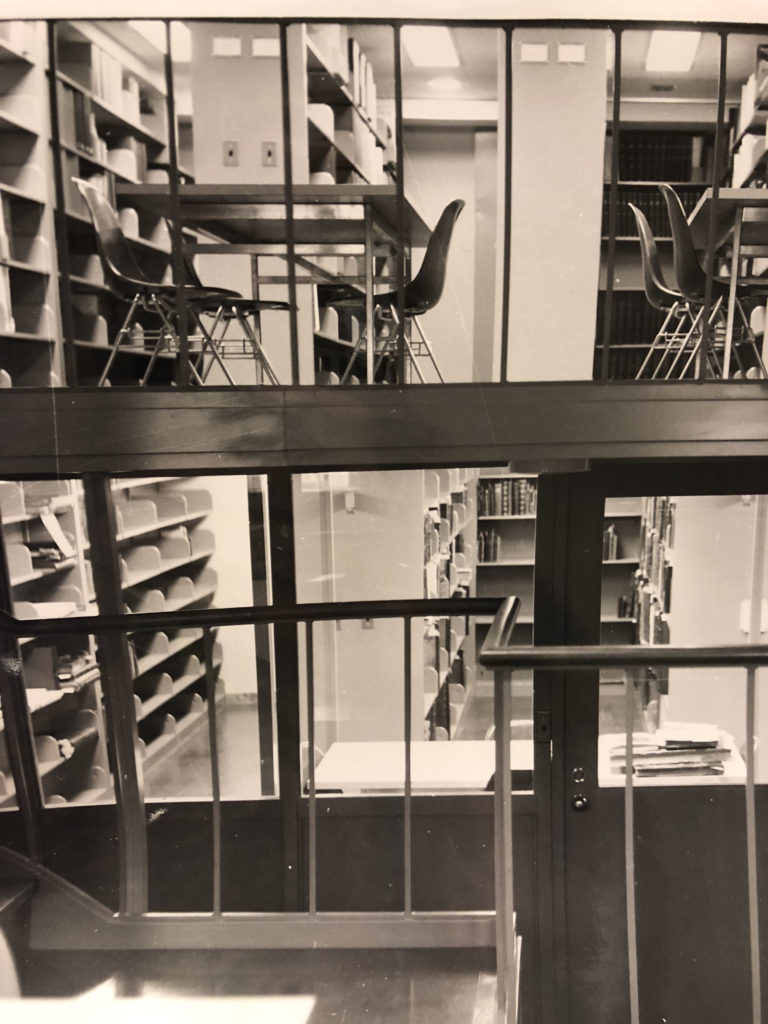
After being open to the public for six years (1951 – 1957), attendance at Winterthur grew from 20 a day to 60 a day to over 40,000 annually by 1957. This growth in attendance drove the development of the museum’s infrastructure and was the impetus behind the acquisition of midcentury modern furnishings.
These midcentury modern furnishings became part of the public persona and brand that Winterthur crafted. Winterthur could no longer be seen as a collection of early Americana belonging to a single owner; it was becoming a public-facing institution. Winterthur’s choice of midcentury furnishings followed the popular professional design of the day. Prominent companies like CBS and GM were establishing themselves as cutting edge with national publications that showcased their complete midcentury modern interiors. Midcentury modern objects were one of the vehicles that Winterthur used to present its identity as an important and professional cultural institution. The museum was not just a warehouse for early Americana. It cultivated an identity as a space for active engagement with American material culture.
Charles Hummel, Curator Emeritus at Winterthur, has been a tremendous asset in understanding how midcentury modernism came to Winterthur. He was a graduate of the Winterthur Program in American Material Culture (then called the Winterthur Program in Early American Culture) class of 1955, and, in 1958, he was an Assistant Curator, beginning what would become a lifelong career at Winterthur.
He can anecdotally recount the precise impetus for the creation of the Visitors Pavilion. Prior to its construction, Henry Francis du Pont allowed local nonprofits to operate a snack bar in and near the Cottage during the busy spring tour season. At the time, the Cottage was also functioning as the du Ponts’ living quarters when they were residing at Winterthur. Hummel remembers hearing about three women in the spring of 1959 who inadvertently wandered into Mrs. Ruth Wales du Pont’s personal bathroom with spring tour tickets. The Pavilion was built the following year.


This new space demanded new furniture. An invoice from Robert Lefort and Co., Inc., placed on January 9, 1961, indicates an order for 270 Herman Miller shell chairs in red-orange, greige, elephant hide, and ochre light. These revolutionary stacking chairs designed by Charles and Ray Eames were the first pieces of midcentury modern furniture at Winterthur.
Winterthur currently has 15 Eames for Herman Miller molded fiberglass shell chairs that are more than likely from this original order. These chairs are specifically identified by Herman Miller as DSSN stacking shell chairs. The chairs embody the ideas of midcentury modern design in their use of newly available materials and their placement in public, professional spaces. Their continued existence at Winterthur is a testament to the institution’s dedication to American material culture.
